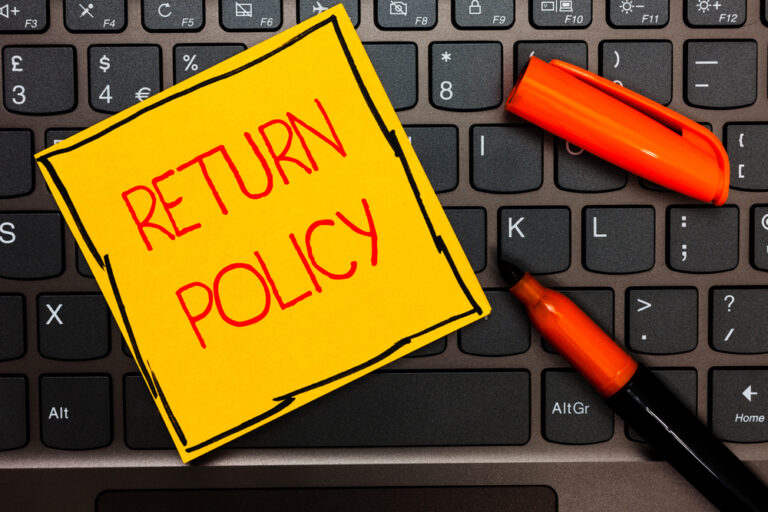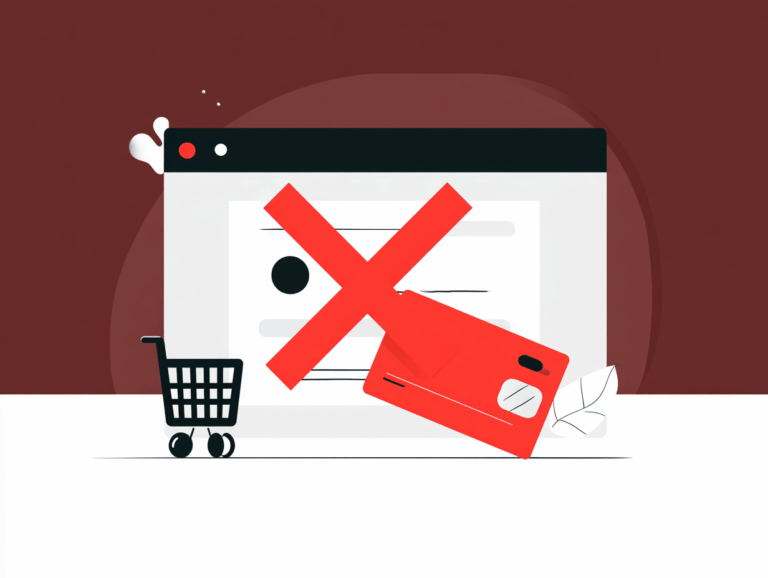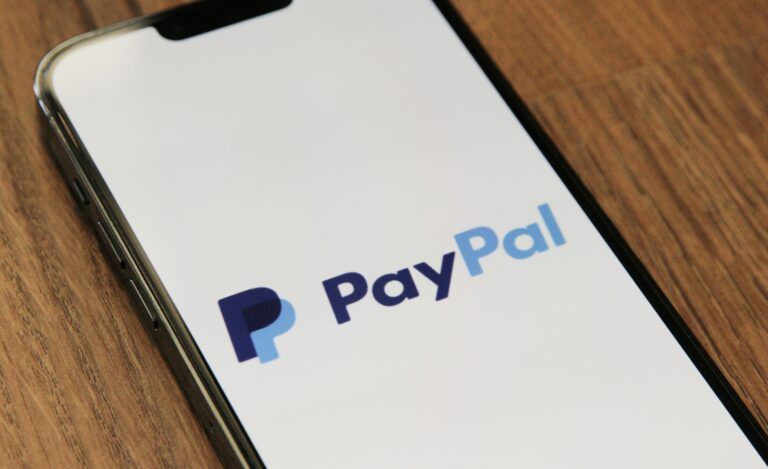Bundles or subscriptions, which is best for your business?
Recent trends show a significant shift in consumer behavior, with many businesses reporting better results from subscription models compared to traditional bundles.
However, the story isn’t quite that simple. Economic factors, changing customer preferences, and innovative hybrid approaches are reshaping the way we think about pricing and customer engagement.
In this post, we’ll dive deep into the world of bundles and subscriptions, exploring their pros and cons, financial implications, and strategies for success. Whether you’re considering a switch in your pricing model or looking to optimize your current approach, you’ll find actionable insights to help you make informed decisions and boost your bottom line.
Let’s unpack the bundle vs. subscription debate and discover how you can leverage these models to thrive in today’s competitive market.
SECURE YOUR STORE WITH BETTER PAYMENT PROCESSING
The Bundles Sales Model
Bundles combine multiple products or services into a single, often discounted package. Merchants create these offerings to provide value and encourage larger purchases. You’ll find bundles in various industries, including:
- Software: Adobe Creative Suite bundles multiple design applications.
- Gaming: Console manufacturers package games with hardware.
- Beauty: Cosmetic companies offer skincare regimens as sets.
- Food and Beverage: Meal kit services bundle ingredients for complete meals.
- Supplements: Vitamins and nutraceutical sellers bundle various products to create custom packages.
Pros of Bundle Pricing
- Increased average order value: Bundles encourage customers to spend more in a single transaction.
- Perceived value: Customers feel they’re getting a deal when buying multiple items together.
- Inventory management: You can move slow-selling items by pairing them with popular products.
- Simplified decision-making: Bundles reduce choice overload for customers.
- Cross-promotion: You introduce customers to products they might not have considered individually.
Cons of Bundle Pricing
- Reduced profit margins: Discounts on bundled items can eat into your profits.
- Cash flow challenges: Higher-priced bundles may deter customers with budget constraints.
- Product cannibalization: Bundles might reduce sales of individual, higher-margin items.
- Inflexibility: Some customers may not want or need all items in a bundle.
- Inventory complications: You must maintain stock of all bundled items to fulfill orders.
CONNECT WITH A PAYMENT PROCESSOR THAT SUPPORTS YOUR TICKET SIZE
The Subscription Sales Model
Subscription models charge customers a recurring fee for ongoing access to products or services. This pricing strategy has gained significant traction across various industries, including:
- Software as a Service (SaaS): Companies like Salesforce and Microsoft offer cloud-based software subscriptions.
- Entertainment: Streaming giants Netflix and Spotify provide content for monthly fees.
- E-commerce: Amazon Prime combines shipping benefits with streaming services.
- Fitness: Peloton offers equipment paired with ongoing content subscriptions.
Pros of Subscription Pricing
- Predictable revenue: You’ll enjoy a steady, forecastable income stream.
- Improved cash flow: Regular payments enhance your financial stability.
- Customer retention: Subscriptions foster long-term relationships and loyalty.
- Valuable data collection: You’ll gain insights into customer behavior and preferences over time.
- Upselling opportunities: Offer premium tiers or add-ons to increase customer lifetime value.
Cons of Subscription Pricing
- Customer acquisition challenges: You may face resistance from customers hesitant to commit long-term.
- Churn management: You’ll need to actively work to reduce subscriber turnover.
- Content or product demands: Subscribers expect consistent value, requiring ongoing development or curation.
- Billing complexities: You’ll need robust systems to manage recurring payments and handle failed transactions.
- Price sensitivity: Customers may be more attuned to price changes, making adjustments challenging.
OPEN A SUBSCRIPTION MERCHANT ACCOUNT TODAY
Comparing Financial Benefits of Bundles vs. Subscriptions
When choosing between bundles and subscriptions, consider these key financial aspects:
Revenue Predictability
Subscriptions:
- Provide a steady, recurring revenue stream
- Allow for more accurate financial forecasting
- Smooth out seasonal fluctuations in sales
Bundles:
- Generate larger one-time payments
- May lead to more volatile revenue patterns
- Require consistent marketing efforts to maintain sales
Customer Lifetime Value
Subscriptions:
- Extend the customer relationship over time
- Increase opportunities for upselling and cross-selling
- Foster brand loyalty and reduce churn
Bundles:
- Deliver higher upfront value per transaction
- May require more frequent re-engagement strategies
- Provide opportunities for follow-up sales of complementary products
Cash Flow Considerations
Subscriptions:
- Ensure a consistent influx of cash
- Reduce the risk of large, unpredictable revenue gaps
- May require investment in customer retention strategies
Bundles:
- Generate larger cash infusions
- Can help quickly boost short-term revenue
- May lead to periods of feast or famine in cash flow
SECURE YOUR DIRECT RESPONSE BUSINESS
Current Trends in Consumer Behavior
We’re witnessing a significant shift in consumer preferences towards subscription models. More customers now opt for regular, smaller payments over large, one-time purchases. This trend spans various industries, from software and entertainment to physical goods and services.
Reasons Behind the Change
- Convenience: Subscribers enjoy automatic deliveries or access without repeated purchasing decisions.
- Budget management: Regular, predictable payments help consumers plan their expenses more effectively.
- Personalization: Many subscription services offer tailored experiences, appealing to individual preferences.
- Access over ownership: Consumers increasingly value the ability to use products or services without the commitment of ownership.
- Constant updates: Subscription models, especially in software, provide users with the latest features and improvements.
Impact of Economic Factors
- Cash flow constraints: In the current economic climate, many consumers face tighter budgets, making large upfront payments for bundles less appealing.
- Job insecurity: Economic uncertainty leads consumers to prefer flexible, cancelable commitments over significant one-time investments.
- Inflation concerns: As prices rise, subscriptions allow consumers to lock in current rates for extended periods.
- Desire for value: Consumers scrutinize their spending more closely, often finding more perceived value in ongoing subscriptions than one-off purchases.
- Shift in spending priorities: Economic pressures have led many to prioritize essential, recurring services over luxury or non-essential bundle purchases.
By understanding these trends, you can adapt your pricing strategy to meet evolving consumer needs. Consider offering flexible payment options, emphasizing the value of your subscription offerings, or creating hybrid models that combine the benefits of both subscriptions and bundles.
OFFER SUBSCRIPTIONS AT CHECKOUT
Strategies for Success
Testing Both Models
Don’t limit yourself to a single approach. Experiment with both bundle and subscription models to find what resonates with your customers. Here’s how:
- Run A/B tests on your website, offering different pricing models to different segments of your audience.
- Analyze key metrics like conversion rates, customer lifetime value, and churn for each model.
- Gather customer feedback through surveys or interviews to understand preferences.
Offering Buy Now, Pay Later (BNPL) Options
Implement BNPL solutions to make higher-priced bundles more accessible:
- Partner with popular BNPL providers like Affirm, Klarna, or Afterpay.
- Clearly communicate BNPL options throughout the customer journey.
- Consider offering your own installment plans for loyal customers.
Upselling and Cross-selling Techniques
Boost revenue by encouraging customers to increase their purchase value:
- Recommend complementary products or upgrades at checkout.
- Offer exclusive add-ons or premium features for subscribers.
- Use email marketing to suggest relevant products based on purchase history.
Hybrid Approaches
Combining Bundles and Subscriptions
Create flexible offerings that blend the benefits of both models:
- Offer bundle purchases with the option to subscribe for refills or updates.
- Provide subscription tiers that include periodic bundle deliveries.
- Allow subscribers to customize their bundles on a recurring basis.
Examples of Successful Hybrid Models
- Meal kit services: Offer weekly subscription boxes with the option to add one-time purchase bundles of kitchen tools or specialty ingredients.
- Software companies: Provide subscription-based access to a platform, with optional bundle purchases for advanced features or training.
- Beauty brands: Combine recurring deliveries of essential products with seasonal bundles of new or limited-edition items.
- Online education platforms: Offer subscription access to a library of courses, with premium bundles for certification programs or specialized tracks.
OFFER BUNDLES AND SUBSCRIPTIONS THROUGH DIRECTPAYNET
Maximizing Average Order Value (AOV)
Complementary Product Offerings
Strategically expand your product line to encourage larger purchases:
- Develop products that naturally pair with your existing offerings.
- Create exclusive bundles that combine best-sellers with new or underperforming items.
- Offer bulk purchase discounts to incentivize larger orders.
Affiliate Marketing Strategies
Leverage partnerships to increase revenue without expanding your inventory:
- Collaborate with complementary brands to cross-promote products.
- Join affiliate networks and carefully select relevant offers for your audience.
- Create content that naturally incorporates affiliate products, such as gift guides or “complete your look” features.
- Implement post-purchase recommendations for affiliate products that enhance the customer’s recent purchase.
By implementing these strategies, you’ll create a dynamic and flexible approach to pricing and product offerings.
With the right mix of bundles and subscriptions, you can maximize your revenue while providing value to your customers.









